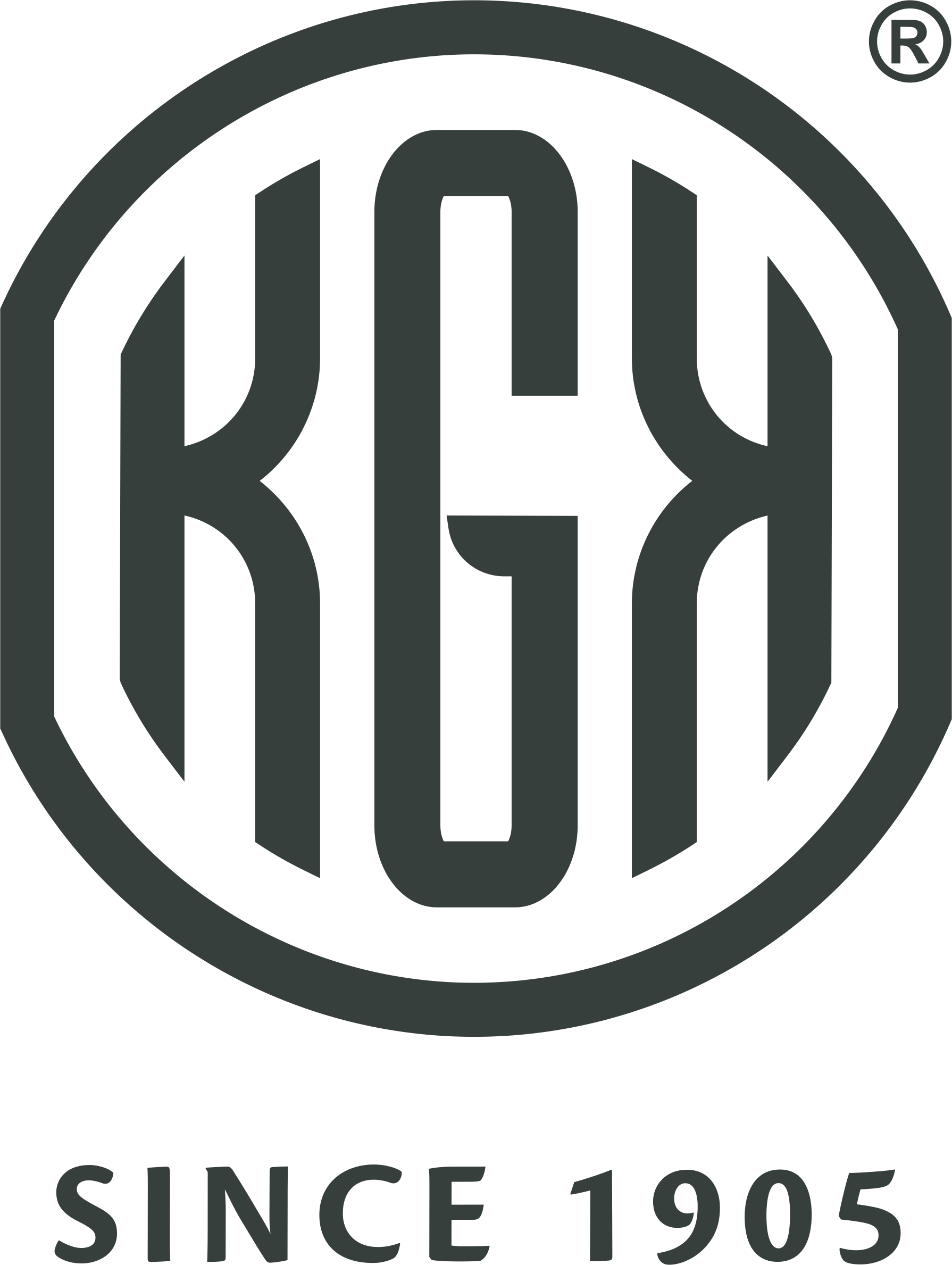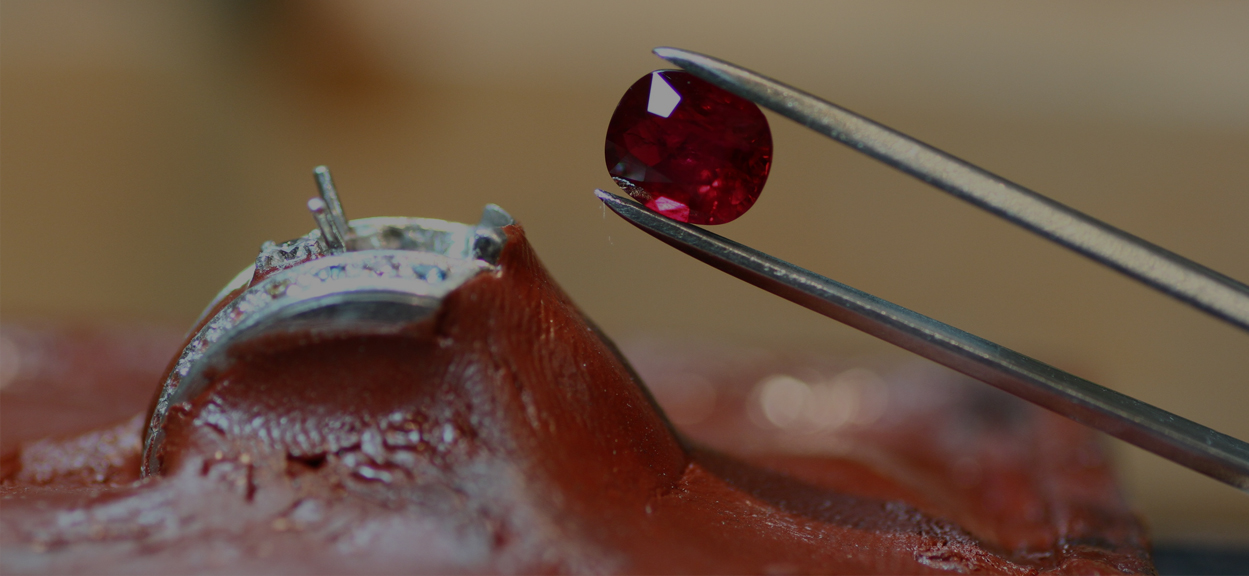Apart from Diamond, Rubies is the most valuable precious gemstone in the world. It is one of the most beautiful minerals found from the Mother Earth. It is a symbol of love and is famous for its deep red hue. The brilliance and lustre of Ruby are unparalleled. These rubies occur naturally in the world and are the hardest mineral besides diamond.
Ruby belongs to the family of Corundum and contains traces of chromium. This corundum is formed in metamorphic rocks. Mining these gems from such big rocks is not only expensive but risky as well, there are chances that gems may be broken during the mining process. Corundum being hard is comparatively easy to mine and extract. Stream sediment is used as a technique to obtain these stones.
Stream Sediment
The rocks containing these gems along with other rocks are transported due to erosion at one location where other minerals are present too. These rocks are then destructed as they are exposed to weathering. A high-pressure stream of water washes the gravel away from the stream deposits. As the rocks containing the rubies are dense therefore they remain in place while the smaller deposits wash away. The gemstone is extracted by hand from these deposits as they are small and irregularly shaped.
As these rubies contain a lot of inclusions they have to be treated to make them commercially acceptable. Such treatments help in enhancing their lustre and shine which gets hampered due to various inclusions. It is the colour and the clarity of the Ruby that makes it highly desirable and valuable in the market.
Heating Treatment
Heating the ruby only enhances and intensifies its colour, making it look exceptionally rich. These stones are heated under specific and controlled conditions to dissolve and remove the inclusions inside them. This treatment also helps in fixing and filling small minute cracks in the stone which may or may not be visible to the naked eyes.
Fracture Filling
For smooth transmission and reflection of light from the stone, it is necessary that the surface of the stone is crack and fracture free. If the light passes through any crack, it creates dead spots and doesn’t refract light properly. This harms the shine and the sparkle of the stone. So these cracks are filled with oil, wax, glass etc that help in the smooth transmission of light.
The most recent development in this treatment is filling the stone with transparent lead glass. As the refractive index of lead glass and ruby are similar, the transmission of light is smoother. This makes the stone appear clearer and increases its lustre.
Rubies are woman’s favourite gemstone and shall continue to be so for its rice colour and shine. KGK Group enjoys the legacy of mining and producing its own coloured gemstones for years now. We have been a shining name in jewellery manufacturing industry.










